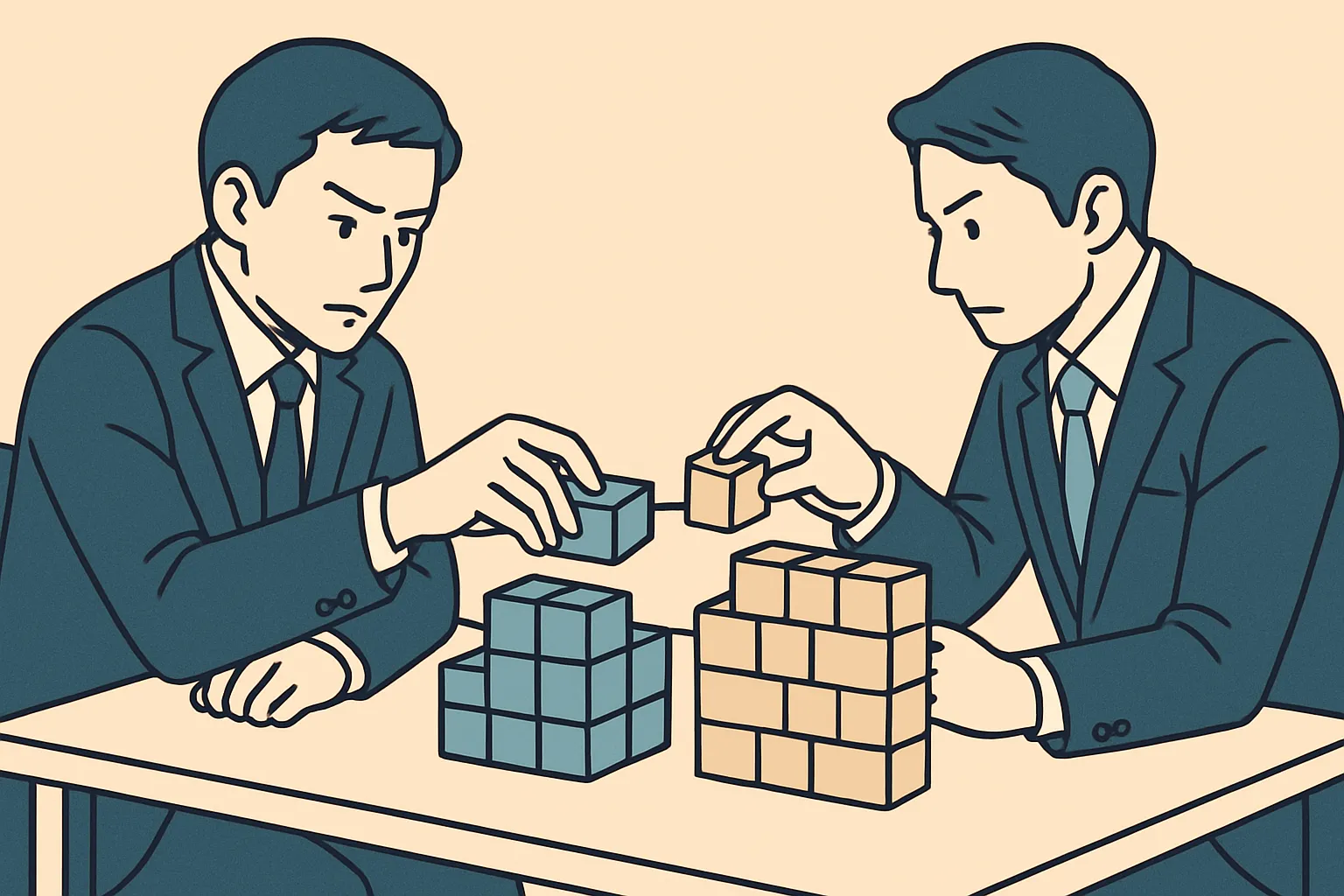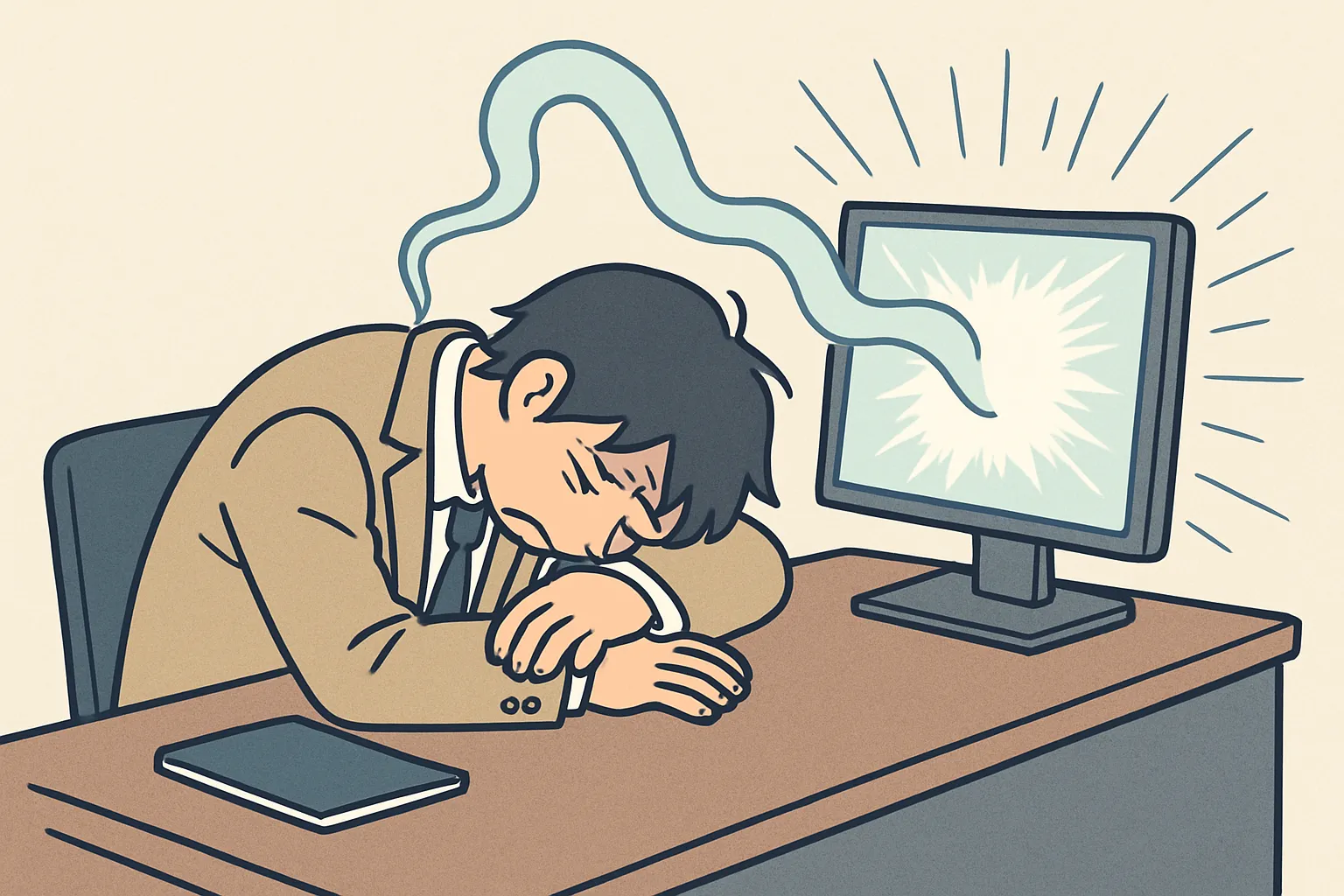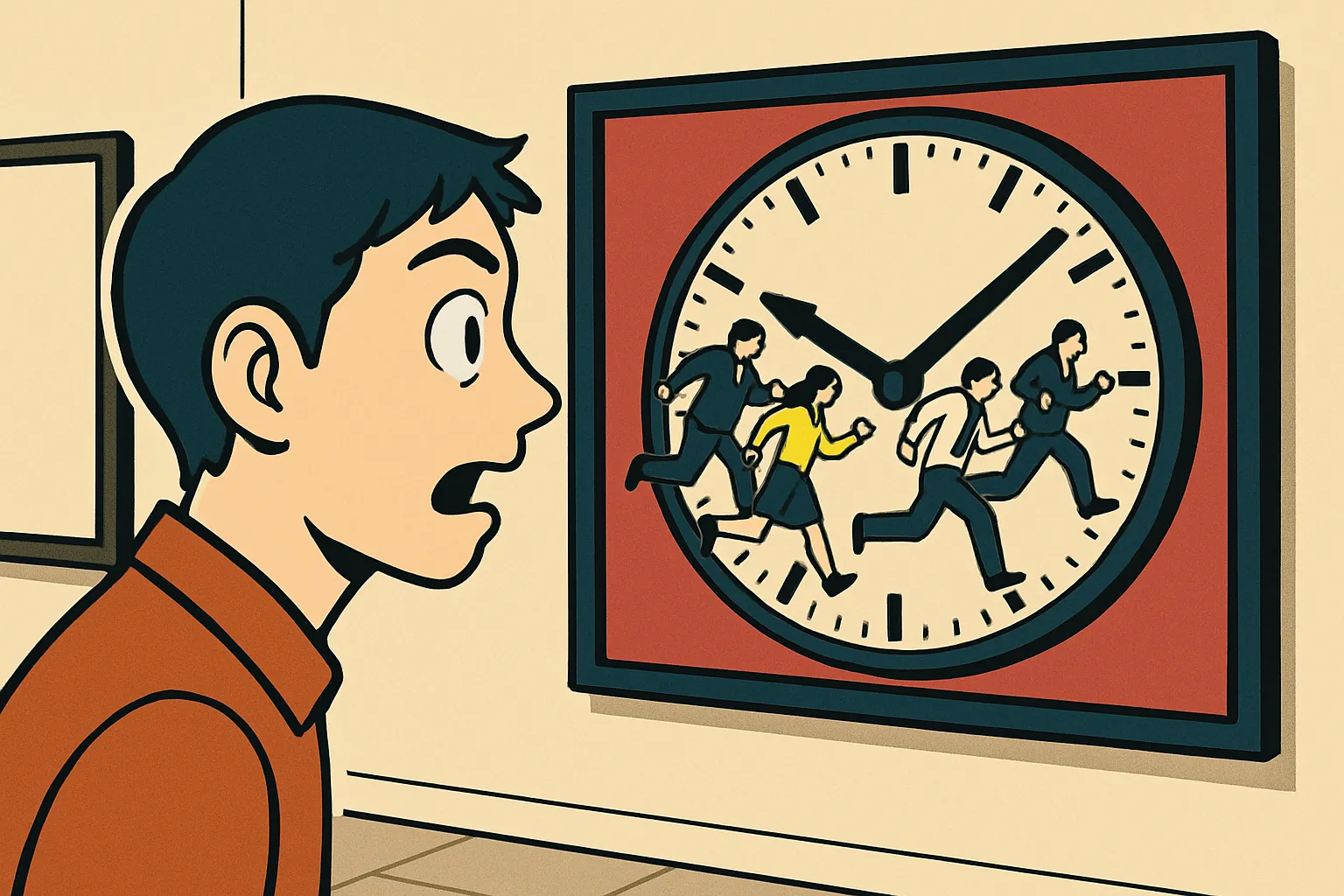Mastering the Art of “Jikjang” Diplomacy: How to Win Over a Difficult Coworker in Korean
Hello! Welcome to [Daily Hangul], your go-to source for upgrading your Korean skills!
Today, we’re diving into a situation that even native speakers find challenging: successfully completing a project with a colleague you just don’t see eye-to-eye with. In the fast-paced, team-oriented Korean work environment, navigating different personalities is a crucial skill. You’ve probably seen it in countless K-dramas—the clash between the meticulous, by-the-book manager and the free-spirited creative genius. Today, we’ll equip you with the advanced language tools to turn that potential conflict into a successful collaboration. Let’s learn how to handle workplace disagreements like a pro!
Key Expressions for Conflict Resolution
Here are four powerful, professional phrases that will help you navigate disagreements with grace and confidence.
1. 의견 조율이 필요할 것 같습니다 (Uigyeon joyuri piryohal geot gatsseumnida)
- Romanization: Uigyeon joyuri piryohal geot gatsseumnida
- English Meaning: I think we need to coordinate/harmonize our opinions.
- Detailed Explanation: This is the ultimate soft-opener for a difficult conversation. Instead of saying “We disagree” (우리는 의견이 달라요), which can sound confrontational, this phrase suggests a collaborative effort. ‘조율하다’ (joyulhada) is a nuanced verb that means ‘to tune’ an instrument or ‘to mediate’. By using it, you’re framing the discussion not as a battle, but as a process of finding harmony together. It’s a classic example of indirect communication valued in the Korean workplace to protect everyone’s ‘체면’ (che-myeon, or ‘face’/reputation).
- 💡 Pronunciation Tip:
The pronunciation of ‘의’ can be tricky! When it’s the first syllable of a word, like in ‘의견’, it’s pronounced [ui]. However, when it appears as the second or later syllable, it’s often simplified to [i]. For example, ‘회의’ (meeting) is often pronounced [회이/hoei]. Mastering this will make you sound much more natural.
2. 이견을 좁히다 (Igyeoneul jopida)
- Romanization: Igyeoneul jopida
- English Meaning: To narrow the gap in opinions.
- Detailed Explanation: This is an idiomatic phrase that means to find a middle ground or compromise. ‘이견’ (igyeon) means ‘differing opinion’, and ‘좁히다’ (jopida) means ‘to make narrow’. You use this phrase when you acknowledge that differences exist, and the goal is to reduce them to reach an agreement. It’s a very goal-oriented and constructive expression often heard in business negotiations.
- 💡 Pronunciation Tip:
Pay attention to the sound change in ‘좁히다’. It is pronounced [조피다/jopida]. This is a perfect example of aspiration (격음화). When the final consonant ‘ㅂ’ (b/p) is followed by ‘ㅎ’ (h), they merge to create the aspirated sound ‘ㅍ’ (p). Another example is ‘입학’ (entering a school), which is pronounced [이팍/ipak].
3. 서로 보완하면서 시너지를 낼 수 있을 겁니다 (Seoro boanhamyeonseo sineojireul nael su isseul geomnida)
- Romanization: Seoro boanhamyeonseo sineojireul nael su isseul geomnida
- English Meaning: We’ll be able to create synergy by complementing each other.
- Detailed Explanation: This is a fantastic phrase for reframing a negative situation into a positive one. It shows high emotional intelligence. Instead of seeing your differences as a problem, you’re presenting them as potential strengths. ‘보완하다’ (boanhada) means ‘to supplement’ or ‘complement’, and ‘시너지’ (sineoji) is a widely used Konglish word for ‘synergy’. Using this phrase shows your commitment to the team’s success above personal differences.
- 💡 Pronunciation Tip:
In ‘있을 겁니다’, the ‘ㅂ’ in ‘겁니다’ is pronounced like ‘ㅁ’ [m]. This is due to nasalization, where a consonant sound changes to a nasal sound (ㅁ, ㄴ, ㅇ) before another nasal consonant. So, ‘겁니다’ becomes [검니다/geomnida]. This is a very common rule that applies to endings like ‘-습니다’ and ‘-ㅂ니다’.
4. 대승적인 차원에서 양해해 주시면 감사하겠습니다 (Daeseungjeogin chawoneseo yanghaehae jusimyeon gamsahagesseumnida)
- Romanization: Daeseungjeogin chawoneseo yanghaehae jusimyeon gamsahagesseumnida
- English Meaning: I would appreciate it if you could understand from a broader perspective / for the greater good.
- Detailed Explanation: This is a very advanced, formal, and persuasive phrase. ‘대승적인 차원’ (daeseungjeogin chawon) literally means “a Mahayana Buddhist dimension,” but in a business context, it means “for the greater good” or “seeing the big picture.” You use this when you need to ask your colleague to make a concession, not for your sake, but for the ultimate success of the project. It elevates the request from a personal disagreement to a matter of collective benefit.
- 💡 Pronunciation Tip:
There’s a subtle but important rule at play in ‘대승적인’. Although written as ‘jeog-in’, it is pronounced [대승저긴/daeseungjeogin]. When a morpheme ending in a consonant is followed by a morpheme starting with ‘이’ or a ‘y’-diphthong, a ‘ㄴ’ [n] sound is often inserted. This is called ‘ㄴ 첨가’ (n-addition).
Example Dialogue
Let’s see how Minjun (data-focused) and Seoyeon (creative-focused) use these expressions to navigate their project.
- 민준 (Minjun): 서연 씨, 우리가 제출할 기획안 방향에 대해 의견 조율이 필요할 것 같습니다. 데이터상으로는 A안이 가장 안정적입니다.
- Seoyeon, I think we need to coordinate our opinions on the direction of our proposal. According to the data, Plan A is the most stable.
- 서연 (Seoyeon): 네, 민준 씨. 하지만 A안은 너무 평범해서 시장의 주목을 받기 어려울 것 같아요. 저희는 좀 더 혁신적인 접근이 필요합니다.
- I agree, Minjun. But I feel Plan A is too conventional to attract market attention. We need a more innovative approach.
- 민준 (Minjun): 맞습니다. 하지만 안정성도 무시할 순 없죠. 우리의 강점은 다르지만, 서로 보완하면서 시너지를 낼 수 있을 겁니다. 제 데이터 분석 위에 서연 씨의 창의적인 아이디어를 결합해 보죠.
- That’s true, but we can’t ignore stability. Our strengths are different, but I believe we can create synergy by complementing each other. Let’s combine your creative ideas with my data analysis.
- 서연 (Seoyeon): 좋은 생각이네요. 그럼 세부적인 부분에 대한 이견을 좁혀 봅시다. 다만, 이번 캠페인 슬로건만큼은 제안을 믿어주셨으면 합니다. 프로젝트의 성공을 위해 대승적인 차원에서 양해해 주시면 감사하겠습니다.
- That’s a great idea. Let’s work on narrowing our differences on the details. However, for the campaign slogan, I’d really like you to trust my suggestion. I would appreciate it if you could understand from a broader perspective for the project’s success.
- 민준 (Minjun): 좋습니다. 서연 씨의 감각을 믿겠습니다. 그렇게 진행하시죠.
- Alright. I’ll trust your instincts. Let’s proceed that way.
Culture Tip & Trend Deep Dive
In Korean corporate culture, harmony (‘화합’) is often prioritized. Direct confrontation can be seen as immature or disrespectful, which is why these nuanced, indirect expressions are so vital. They are tools of ‘눈치’ (nunchi)—the subtle art of reading the room and understanding unspoken cues.
You’ll see this dynamic constantly in popular K-dramas about office life like “Misaeng (미생)” or “Start-Up (스타트업)”. Characters rarely say “You’re wrong.” Instead, they use phrases like “의견 조율이 필요할 것 같습니다” to initiate debate politely. Mastering these phrases isn’t just about learning vocabulary; it’s about understanding the cultural context of Korean professional communication. Using them will show your colleagues that you are not just fluent in the language, but also in its cultural etiquette.
Wrap-up & Practice!
Today, we learned four advanced expressions to turn workplace conflict into successful collaboration. By focusing on coordination (의견 조율), compromise (이견을 좁히다), synergy (시너지), and the greater good (대승적인 차원), you can handle any disagreement with professionalism.
Now it’s your turn!
- Fill in the blank: Your team is stuck between two different marketing plans. To suggest finding a middle ground, you could say: “두 가지 계획 사이의 __________ 봅시다.” (Let’s ____________ between the two plans.)
- Scenario Challenge: You have to work with a colleague who is famous for being stubborn. How would you start a conversation about a disagreement you have on a project timeline?
Leave your answers and your own examples in the comments below! We’d love to see how you use these powerful expressions.






